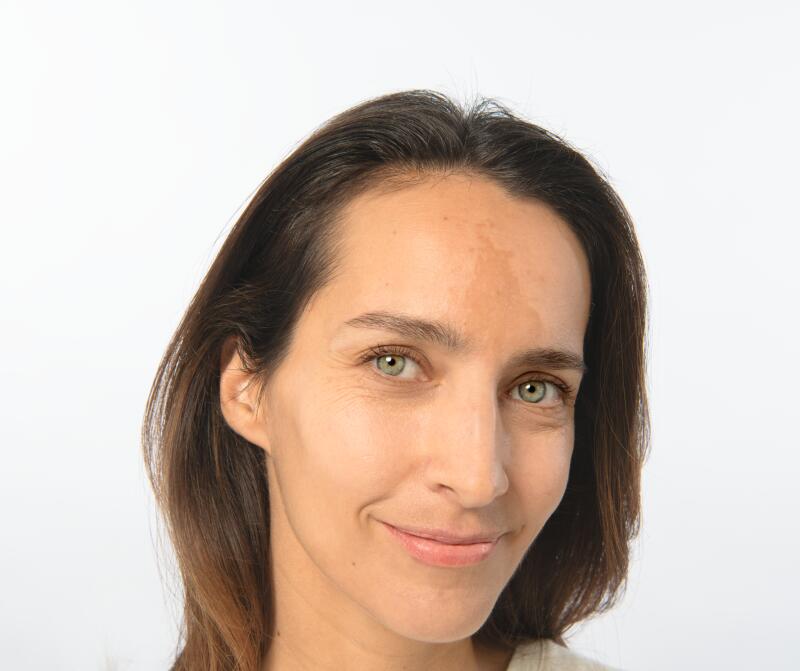-
Your concerns
Our articles to help you gain a better understanding
-
Our solutions
-
DUCRAY Dermatological Laboratories
Our articles to help you gain a better understanding

Chloasma is a particular form of hyperpigmentation, which can also be called “melasma” or “pregnancy mask” when it affects pregnant woman specifically. But many women are also affected by chloasma outside of pregnancy, due to use of hormonal contraceptives. This is sometimes called a “birth control mask”.
Chloasma is characterized by the presence of pigmentation spots, or brown spots, on different areas of the face: cheeks, nostrils, forehead and/or upper lip.
Facial chloasma is not a serious or contagious disease, but it can affect quality of life and self-esteem because it is conspicuous and unattractive.
Facial chloasma generally affects women between 20 and 45 years of age: pregnant women, women taking hormonal contraceptives, women on hormone replacement therapy.
Chloasma is a very common skin condition. It is estimated that up to 90% of pregnant women will display signs of hyperpigmentation during pregnancy(1).
Hyperpigmentation affects 1 in 3 women taking hormonal contraceptives.
Women with dark skin are more likely to develop chloasma than others.
Chloasma is caused by a combination of the sun, which is the main cause of hyperpigmentation, and female hormones, i.e. those produced during pregnancy or contained in certain treatments, such as the pill. Hormones overstimulate the cells producing melanin, which is the pigment responsible for skin color.
It is worth noting that age can also accentuate brown spots.
There is only one way of preventing brown spots: protect yourself from the sun by applying a high protection sun cream (SPF50+).
If you have chloasma and want to get rid of it, you generally need to consider using appropriate dermo-cosmetics, or even consult a dermatologist.
(1) Tyler KH. Physiological skin changes during pregnancy. Clin Obstet Gynecol. 2015
Hyperpigmentation